Introduction
In today’s modern world, maintaining a healthy lifestyle is a top priority for many individuals. One aspect of a healthy lifestyle that is often overlooked is indoor air quality. Poor indoor air quality can lead to a range of health issues, including allergies, asthma, and respiratory problems. Thankfully, advancements in technology have led to the development of smart ventilation solutions that can greatly improve the air quality in our homes. In this article, we will explore the importance of indoor air quality, the benefits of smart ventilation solutions, and some popular options available in the market.
The Importance of Indoor Air Quality
Indoor air quality refers to the quality of the air inside a building, such as a home or office. Poor indoor air quality can be caused by a variety of factors, including pollutants from cleaning products, building materials, and outdoor air pollution that seeps indoors. According to the Environmental Protection Agency (EPA), indoor air pollution can be two to five times higher than outdoor air pollution. This is concerning considering that people spend a significant amount of time indoors, especially in their homes.
Breathing in polluted air can have serious health consequences. It can exacerbate respiratory conditions such as asthma and allergies, cause headaches, fatigue, and even contribute to long-term health issues. Therefore, it is crucial to take steps to improve indoor air quality and create a healthier living environment.
Benefits of Smart Ventilation Solutions
Smart ventilation solutions offer a range of benefits when it comes to improving indoor air quality and promoting a healthier lifestyle. Here are some of the key advantages:
- Efficient Air Circulation: Smart ventilation systems are designed to circulate fresh air throughout the home while removing stale air. This constant exchange of air helps to dilute pollutants and maintain a healthy indoor environment.
- Air Filtration: Many smart ventilation systems come equipped with advanced filtration technology that can effectively remove airborne pollutants such as dust, pet dander, pollen, and even volatile organic compounds (VOCs) from the air. This can greatly reduce the risk of respiratory issues and allergies.
- Energy Efficiency: Smart ventilation systems are designed to optimize energy usage by monitoring and adjusting the ventilation levels based on factors such as occupancy, outdoor air quality, and humidity levels. This ensures that energy is not wasted while maintaining a healthy indoor environment.
- Control and Monitoring: With smart ventilation solutions, users have the ability to control and monitor the indoor air quality in real-time through mobile apps or smart home systems. This allows for greater control over the ventilation system and the ability to make adjustments as needed.
- Integration with Other Smart Home Devices: Smart ventilation systems can be integrated with other smart home devices, such as air quality monitors, thermostats, and voice assistants. This enables users to create a holistic and automated approach to maintaining a healthy indoor environment.
Popular Smart Ventilation Solutions
There are several smart ventilation solutions available in the market that cater to different needs and budgets. Here are a few popular options:
- Nest Learning Thermostat: The Nest Learning Thermostat is a smart thermostat that not only controls the temperature of your home but also monitors indoor air quality. It can detect pollutants and provide recommendations to improve air quality, such as adjusting ventilation settings or alerting you to open windows for fresh air.
- Honeywell Home T9 Smart Thermostat: The Honeywell Home T9 Smart Thermostat is another intelligent thermostat that offers advanced ventilation control. It uses sensors to monitor indoor air quality and can automatically adjust ventilation settings based on the detected pollutants.
- Air Mega Smart Air Purifier: The Air Mega Smart Air Purifier is a high-performance air purifier that utilizes advanced filtration technology to remove pollutants from the air. It can be controlled and monitored through a mobile app, allowing users to track air quality levels and adjust purification settings remotely.
- Eve Room Indoor Air Quality Monitor: The Eve Room Indoor Air Quality Monitor is a compact device that tracks and displays real-time data on indoor air quality. It measures parameters such as temperature, humidity, and volatile organic compounds (VOCs), providing users with valuable insights to improve their indoor environment.
- Dyson Pure Cool Link Air Purifier: The Dyson Pure Cool Link Air Purifier combines air purification with intelligent ventilation. It features a 360-degree HEPA filter that captures pollutants, and its smart features allow users to control and monitor air quality through a mobile app.
Conclusion
Maintaining a healthy lifestyle goes beyond just exercise and nutrition. It also involves taking steps to ensure that the air we breathe indoors is clean and pollutant-free. Smart ventilation solutions provide an effective way to improve indoor air quality, offering benefits such as efficient air circulation, advanced filtration, energy efficiency, and monitoring capabilities. By investing in these innovative technologies, individuals can create a healthier living environment and enjoy the benefits of clean, fresh air every day.


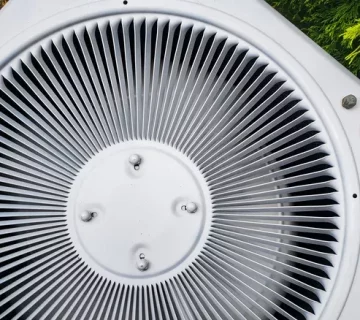
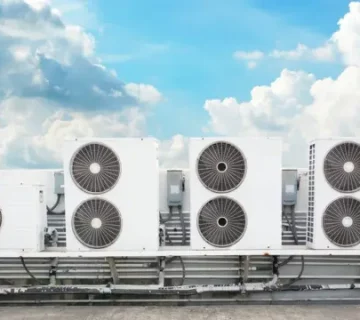
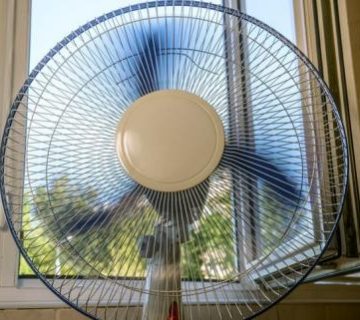
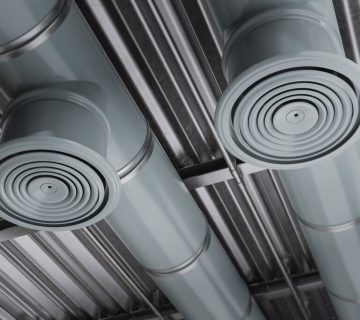
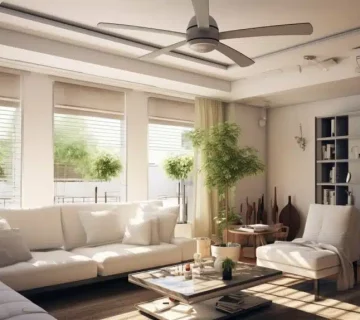

No comment